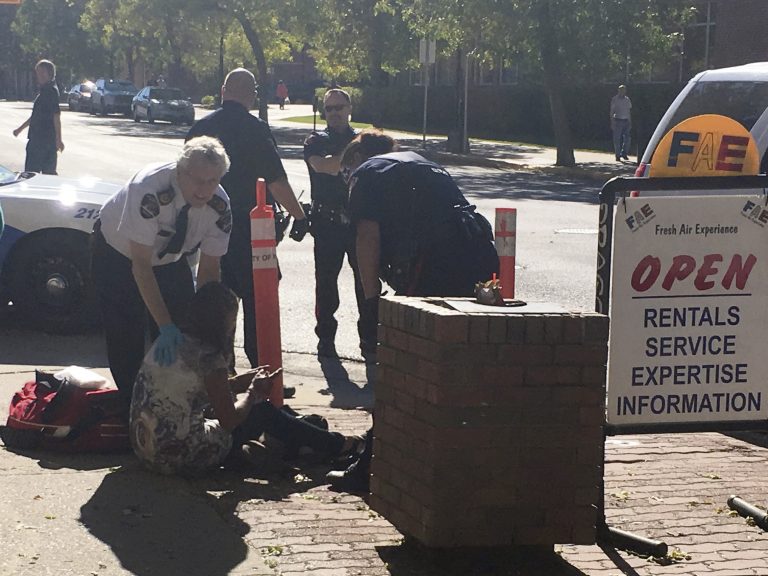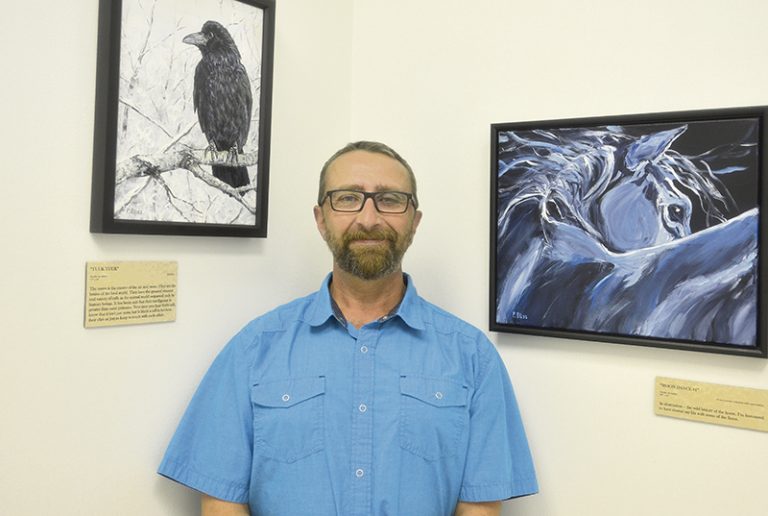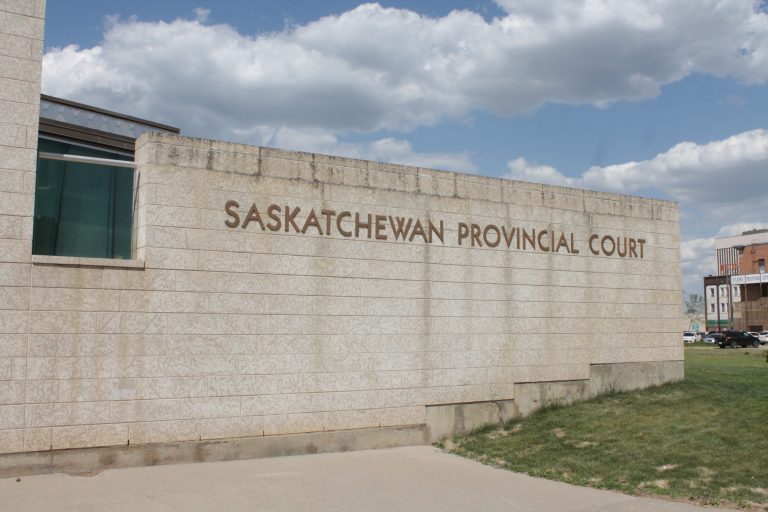New data shows suicide rate among First Nations teens more than four times higher than non-First Nations people in the same age group
A discussion paper on suicide prevention authored for the Federation of Sovereign Indigenous Nations (FSIN) has revealed shockingly high rates of youth suicide amongst First Nations people in Saskatchewan and a troubling lack of support systems.
The discussion paper was released from the organization’s suicide prevention strategy, announced earlier this month, that is to be completed and rolled out on May 31, 2018. The strategy stems from a motion passed by chiefs in assembly back on May 18. The organization is asking for input and feedback on the discussion paper by November 15.
The discussion paper contains newly-published data on suicide by First Nations and non-First nations people in Saskatchewan, as well as evidence on suicide prevention and success stories from other jurisdictions.
The authors of the discussion paper used data from the provincial coroner, as well as from health regions to illustrate the severity of the northern suicide crisis.
“The province hasn’t taken action on this, and neither has the federal government. It’s time to take it upon ourselves. We want to deal with this issue in a more meaningful way,” — Heather Bear
According to the discussion paper, since 2005, close to 500 First Nations people have died by suicide. A further 1,025 people from other ethnicities, including Métis, died by suicide over the same time period, as did 189 people of unknown ethnicity. Factoring in the possibility of the people of unknown ethnicity may or may not have been First Nations, First Nations people made up between 29 to 40 per cent of suicides in Saskatchewan over the past decade.
Getting those numbers out there is an important part of finding solutions, FSIN vice-chief Heather Bear said.
“The province hasn’t taken action on this, and neither has the federal government. It’s time to take it upon ourselves. We want to deal with this issue in a more meaningful way,” she said.
“Part of that is looking at what the real numbers are.” The numbers surrounding suicides amongst young people, and especially young women, “disturbed” Bear.
For the time period of 2005-2016, the rate of suicides per 100,000 population amongst Frist nations men was 47.4, compared to 14.1 for non-First Nations men. For women, it was 28.2 First Nations deaths by suicide per 100,000 population, as compared to 3.4 for the rest of the population. Suicide rates for First Nations people are 4.3 times higher than the rest of the population.
The disparity grows when looking at people under the age of 30.
The suicide rate for First Nations women aged 10-19 is 26 times higher than non First Nations teen girls, and for women in their 20s, the suicide rate for First Nations women is seven times higher.
The suicide rate for First Nations teen boys is six times higher than the rest of the population, and for men in their 20s, the rate is seven times higher.
Further, 25 per cent of all deaths by suicide of First Nations people were teens, compared to six per cent of the rest of the population. Sixty-two per cent of First Nations suicides were committed by people under the age of 30, compared to 19 per cent of the non-First Nations community.
“It just breaks my heart to think that a young girl as young as nine or ten years old is giving up on life,” Bear said.
The long-term plan is to build capacity for care at the local level. The discussion paper authors found that while people may be seeking treatment, care, especially in the province’s north, is very hard to come by.
Additionally, services don’t always consider historical “intergenerational trauma” young people experience growing up in communities where members are still recovering from treatment in residential schools.
“Existing models of suicide risk and prevention typically focus on proximate (immediate) risk factors,” discussion paper authors wrote.
“They do not adequately explain elevated rates of suicide in some (but by no means all) indigenous communities, as they do not adequately take into account distal (background) risk factors: larger-scale social and community factors such as colonialism, intergenerational trauma and socioeconomic and other inequities.”
“It just breaks my heart to think that a young girl as young as nine or ten years old is giving up on life.” — Heather Bear
Bear said the problem runs deeper, and until issues such as food security and housing are affected, things won’t change.
“I don’t want to pre-empt the outcome of the strategy, but just in my experience — my daughter committed suicide at 19 — when you’re looking at the grieving and those patterns of how it impacts other children and families in terms of the thought of suicide, the thought of giving up, when you’re down, it’s the most hurtful time anyone can imagine,” she said.
“And then, when there’s little or nothing to do, and you’re dealing with poverty, poverty has a huge impact on how people feel. Without access to food, without access to services to get help you need, when you look at multiple families living in homes — my goodness — so many are falling through the gaps. Those conditions have to be fixed for us to even get a head start on it.”
Step one, Bear said, is to document the problem, and consider different solutions.
Now that the discussion paper has been released and distributed to all chiefs, health directors and managers in every First Nation in Saskatchewan, the mental health technical working group is working on completing the strategy. Youth are also taking a leading role in informing the strategy what they see as the issues plaguing their communities.
The working group includes First nations community health directors, along with two technical advisors, Jack hicks, a community health professor at the U of S and First Nations therapist Dr. Kim McKay-McNabb. They will “be preparing an evidence-informed, multifaceted draft strategy.” They will also look at successful suicide prevention models in Quebec, New Zealand and Australia. The final version of their strategy is due next year.
Bear is hopeful it will make a real difference for First Nations people.
“Know your community. Get that documented evidence so you can make wise investments that are really going to affect change,” she said.
“It is my vision down the road that some day, my grandchildren will never have to deal with this issue. You’ll always have some of that behaviour in all cultures, but not to the degree where, I think, it’s a crisis.”









